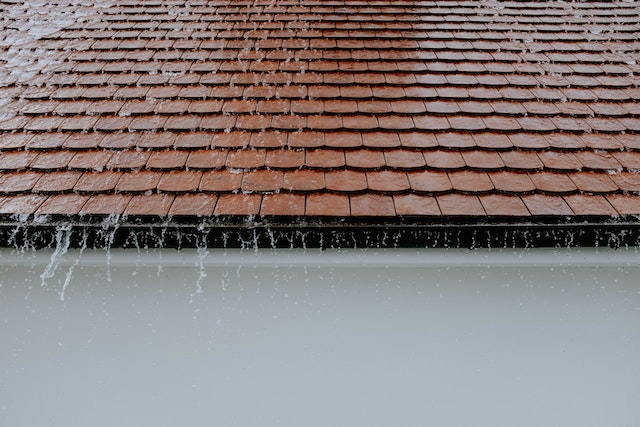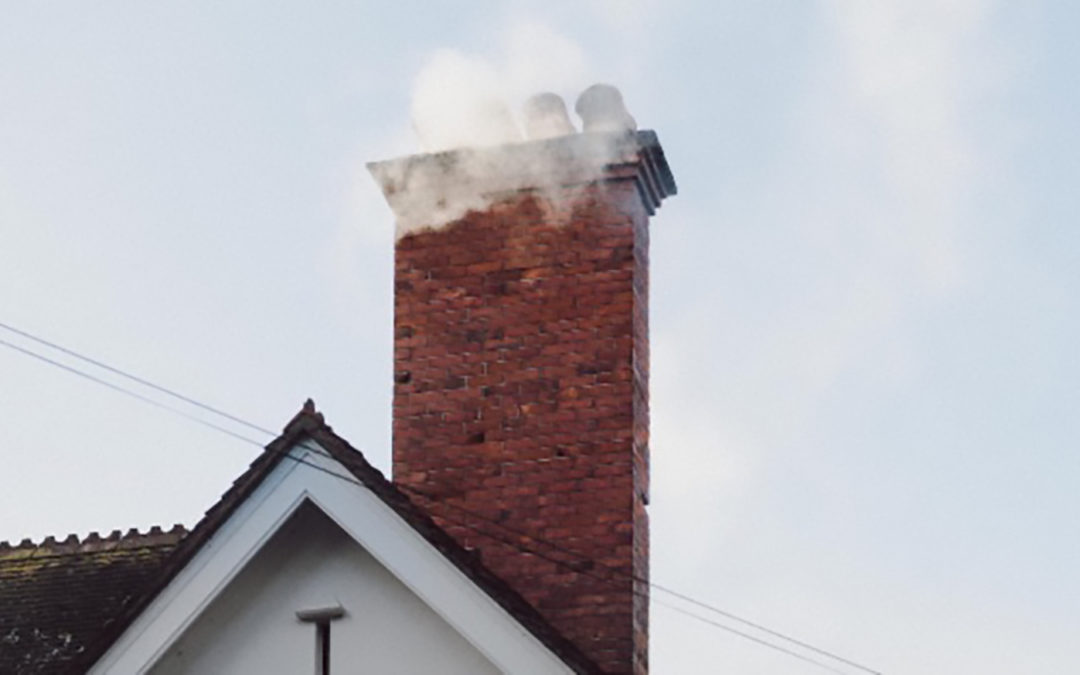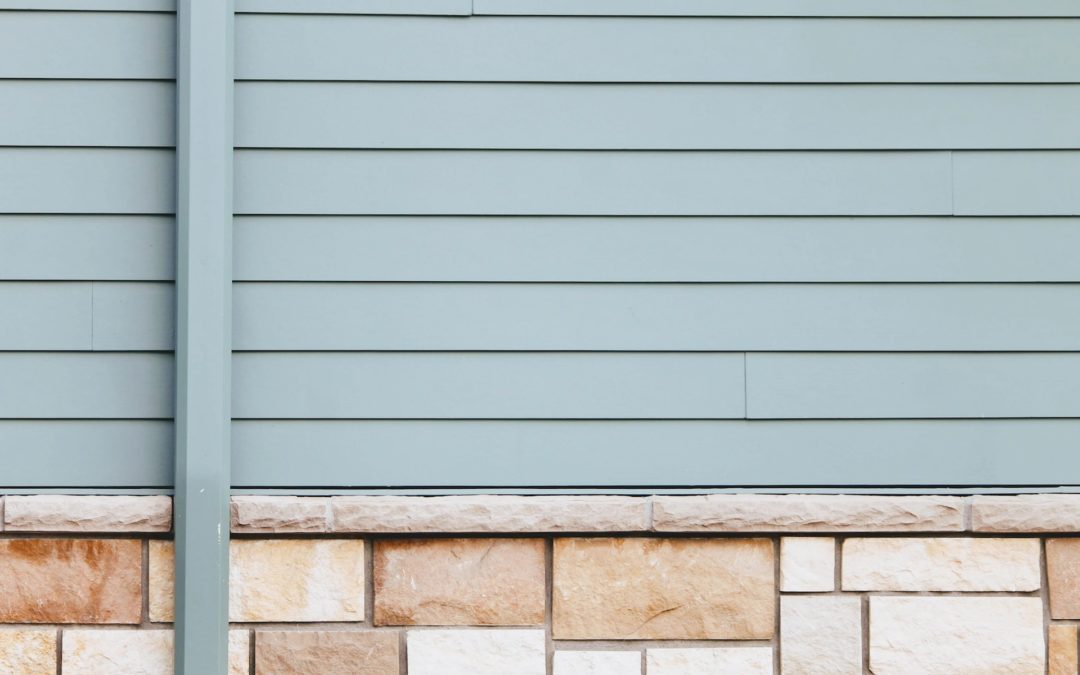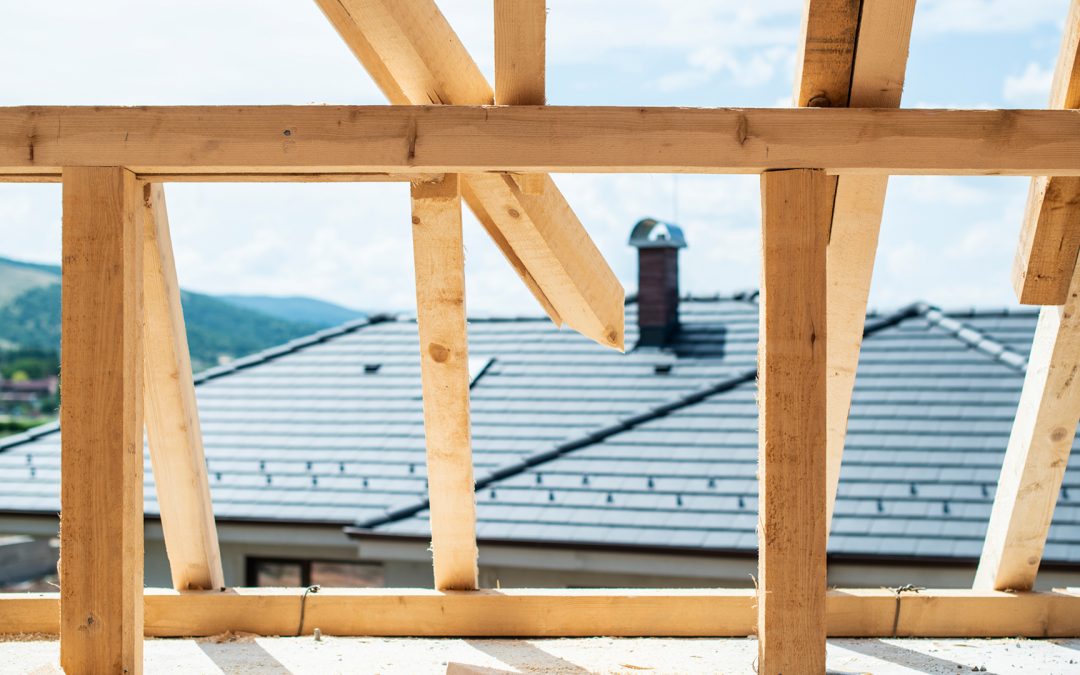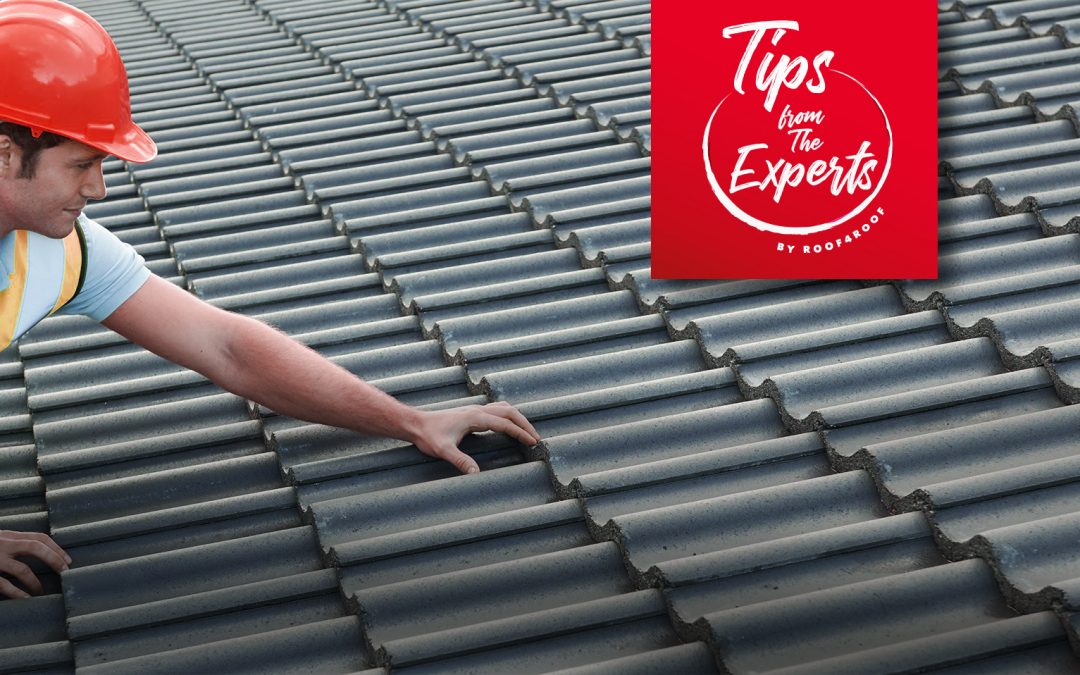Paint blistering or water stains on your ceiling is an image that no homeowner wants to see. But sooner or later, these kinds of problems will await you. Bad weather conditions and wear-and-tear of material due to limited life span are the most common causes of roof damage. Regardless of the reason, it would be best if you reacted as soon as you noticed the first signs that your roof is leaking. And remember, a roof problem is similar to a rotten tooth: it will not just go away by itself. The more you avoid solving the problem, the more pain you should expect at the end. So what should you do to minimize internal and external damage to your house? Here are some suggestions.
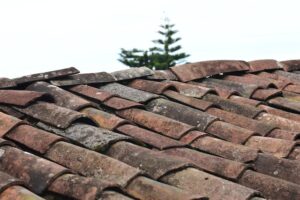
Be proactive
To avoid hefty repair bills, you should check for any signs of damage on your roof at least twice a year. Make it part of your seasonal house maintenance routine. Also, inspect your roof after every storm or heavy weather. Missing shingles, missing or damaged flashing, or boot covers are easy to notice. Minor damage can be tricky to find, so you should search for less obvious clues of leakage. Look for any watermarks, rusted nails, or shiners. A thorough check is essential if you are moving into a new house. If you find any sign of roof leakage, you should handle this right away and make it part of your renovation plans to complete before moving in. Knowing the most common locations of the leakage can be helpful so you can locate the problem more efficiently. Here are some of the factors you should pay close attention to:
Flashings
Flashing is a thin piece of metal made out of steel, copper, or aluminum. It directs water away and prevents it from entering your roof through penetrations or intersections. You can find them around chimneys, pipes, or roof valleys. Sometimes it gets rusted, damaged, or was not installed properly in the first place. That makes flashings the most common reason for leaks in your roof.
Pipe collars (boots)
Pipe collars make the transition between your roof and plumbing pipes. They have a rubber gasket around the opening to seal it tightly and prevent water from entering. After years of exposure to the sun, rubber can become worn down and form gaps between pipes and roof which lets water enter your roof.
Nail pops
The average roof contains several thousand nails that will, if placed correctly, keep your shingles in place. But sometimes nails can lose their anchor, causing them to rise. The leading cause is using the wrong nails during installation or placing them improperly on shingles. It is a common mistake in DIY repairs of roofs. Conditions and rotting roof decking can cause nail pops. Nail pops cause slow, prolonged leaks that can cause much damage over time.
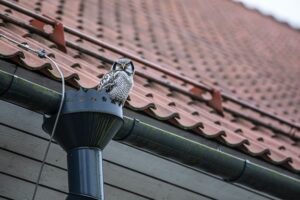
Debris collected in your gutter can cause your roof to leak
Uncleaned gutters
Debris that collects in your gutter or the roof valley can cause your roof to leak. If not cleaned regularly, your gutter can become clogged by leaves, dust, moss, and other accumulated material. That can prevent water from draining correctly. If water from your gutter stays on your roof instead of getting drained away, it will eventually find a way to seep into a seam.
Whether you figured out the cause of the leak on your own or not, it’s wise to get a second opinion from an expert. They will inspect your roof and point out any damage or potential weak spots to be mindful of. In New Jersey, you can find reliable professionals with whom you can consult about anything you need.
Things to do if your roof leaks
If you still notice a growing water stain on your ceiling during rain, despite your best efforts to prevent damage, the first thing you should do is locate the leakage.
- Locate the leakage and contain the water
Go to your attic and carefully investigate any signs of water. Notice that the place you spot water may not be where your roof is leaking. The actual location of a leak can be upward from it. Once you find the leak put a bucket under the leakage or put a tarp over the whole area, but be sure to pay attention to your personal safety. - Make a photo of the damage and call your insurance provider.
- Call general contractor or a trusted roofing company
We don’t recommend DIY roofing repairs because a great deal of work requires specific skills. Additionally, you will need the right tools and materials to repair your roof, which can be an expensive investment.

Dangers of delaying fixing leaking roof
First of all, there is no small leak. Every day you leave the problem unattended means it gets bigger and bigger. Here is why you should start solving this problem right away.
Health risk
A leaking roof can create ideal conditions for mold to grow in your home. In some cases, it can lead to health problems for your family. Children and the elderly are at higher risk of allergies and asthma.
Structural damage
Water can cause significant structural damage to your house. Infiltrated water may damage your walls, rafters, and ceiling joints. In the long run, you can expect the most significant damage to the wood in your home. Beams and studs will rot if exposed to water, putting you and your family in danger.
Fire hazard
If water reaches your home electrical wiring, it can cause a spark and fire in your home. Typically wires have insulation, but even if intact, water can cause them to clump with moisture.
Expensive repairs
As we said, the damage will only worsen over time. It can begin with damage as small as a single nail pop, but it will get bigger with time. Rotting around that initial damage will make room for more water and more damage. And that means more money you will have to give to resolve the problem.
Final thoughts
We hope that some of our advice helped you find a way to minimize the damage when your roof is leaking and fix it quickly. Remember that it is safer to let professionals handle most of the work. However, that doesn’t mean you can’t help and be on the lookout for leaks!

